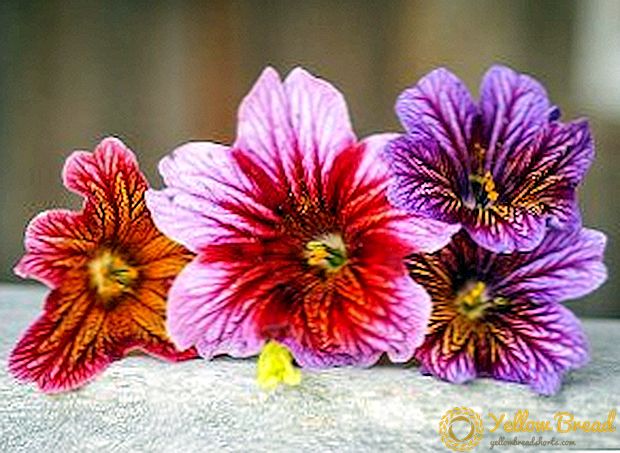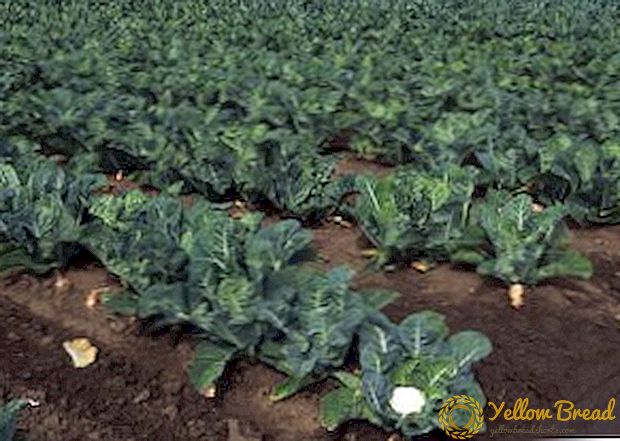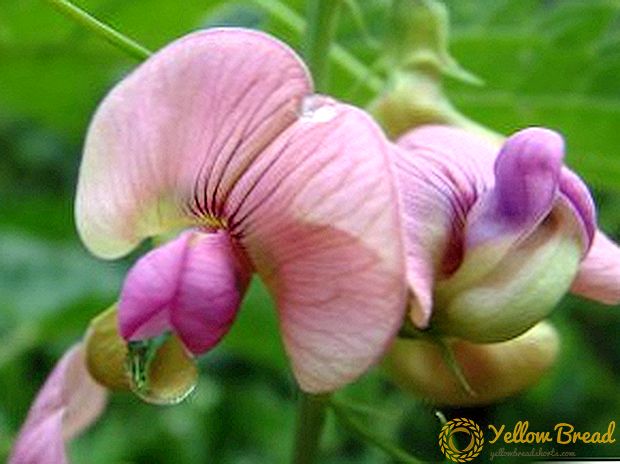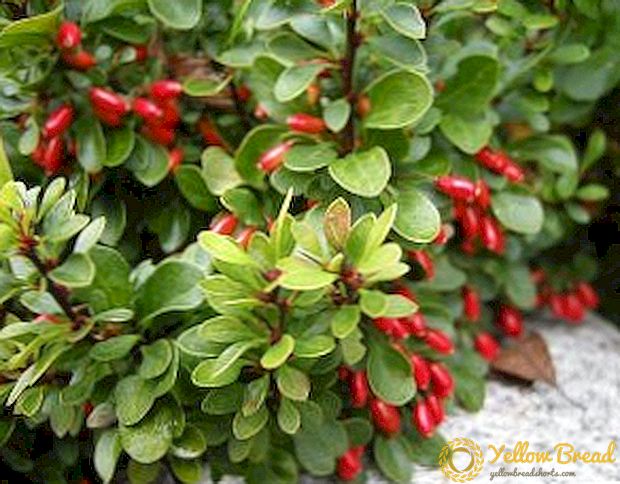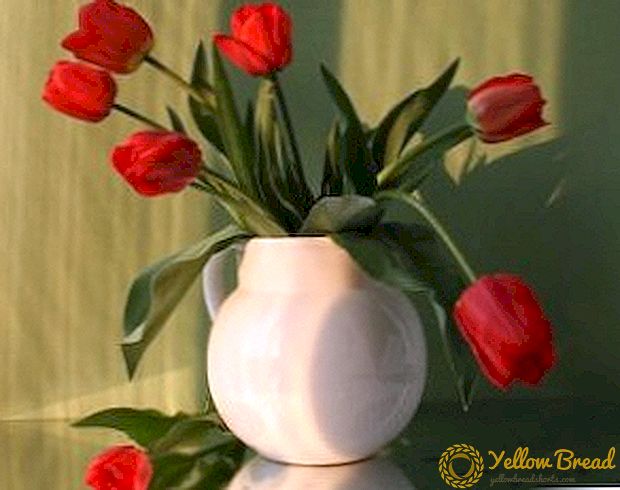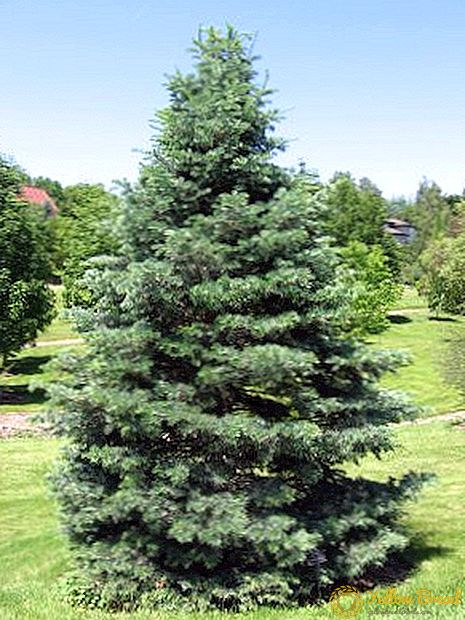 The fir belongs to coniferous trees of family Pine. In the wild, it can be found in various areas of the Northern Hemisphere, from temperate to tropical. The natural habitat of fir is quite diverse.
The fir belongs to coniferous trees of family Pine. In the wild, it can be found in various areas of the Northern Hemisphere, from temperate to tropical. The natural habitat of fir is quite diverse.
Most often it can be found in coniferous forests, but can also grow in both mixed and deciduous. In this article you will learn everything you need to know about the fir when growing at the dacha.
- Fir: description of the plant
- How to choose a location for fir
- Lighting for fir
- Whether fir is demanding on soil
- How to plant fir at the dacha
- Preparation of the landing pit
- The scheme of planting fir seedlings
- How to care for fir in the country
- How to water fir
- Feeding of fir
- Soil care
- Fir trimming: how to shape the crown of a tree
- Fir reproduction
- The main pests and diseases of fir
Fir: description of the plant
 The genus of fir is not the most numerous, in the literature one can find a description of about 50 species. Fir is in the form of trees, the height of which can reach 80 m, and shrubs that are not higher than 50 cm.
The genus of fir is not the most numerous, in the literature one can find a description of about 50 species. Fir is in the form of trees, the height of which can reach 80 m, and shrubs that are not higher than 50 cm.
The plant has a powerful, pivotal root system. Although fir is an evergreen plant, it cannot boast good frost resistance. In addition, it does not tolerate dry air, as well as smoke and gas.
The bark of a young fir is smooth and thin, with age it becomes thicker and cracks. The characteristic of the fir can not do without a description of the crown, which has a conical shape and starts right from the base of the trunk. The branches of this plant are arranged annually horizontally.
Fir needles are soft, entire, narrowed at the base. Unlike many other conifers, there is no dirty-red shade on fir needles in winter, and two white stripes can be seen on the bottom of each needle.
Female fir cones are cylindrical or ovoid. Male specimens have the appearance of cones of earrings. Fir can grow from seed, but this process is too laborious and time consuming, most often this plant is grown with cuttings.
Pollination occurs with the help of wind. Fir in culture can live up to three hundred years in one place.Next, we look at how to grow this plant on your site.
How to choose a location for fir
 Fir - not a capricious plant, its cultivation under the power of each gardener. An adult plant is not afraid of the winds, but in younger trees the roots do not go so deep, and a strong wind can tear the plant out of the ground. Therefore, it is necessary to protect the plant from strong winds.
Fir - not a capricious plant, its cultivation under the power of each gardener. An adult plant is not afraid of the winds, but in younger trees the roots do not go so deep, and a strong wind can tear the plant out of the ground. Therefore, it is necessary to protect the plant from strong winds.
Planting is best done in spring, in April, but the fir can be planted in the first half of autumn.
Lighting for fir
Strong sun can damage the plant, therefore for the fir it is best suited for partial shade. Planting can be done both in groups and individually.
Whether fir is demanding on soil
For fir there are no special requirements for the soil, but it is better to choose fertile ones. The only thing that is not suitable for the soil is stagnant water.
How to plant fir at the dacha
 Planting of fir in his summer cottage is possible for everyone, there is nothing difficult in it.
Planting of fir in his summer cottage is possible for everyone, there is nothing difficult in it.
Next, we consider in detail how to prepare the planting pit and plant a seedling.
Preparation of the landing pit
Before you plant a fir, you need to do a landing pit. Preparation must begin a couple of weeks before landing. The dimensions of the pit should be approximately 60x60x60 cm, but these figures may be different, depending on the size of the roots of the seedling.
Next, you need to pour a few buckets of water into the pit, then dig up the bottom of the pit by about half a bayonet of a shovel and place a broken brick or crushed stone there in a layer about 5 cm thick.
To prepare the soil itself, you need to add:
- 1 part peat;
- 3 pieces of humus;
- 1 part of sand;
- 2 pieces of clay;
- 250 g of nitrophobia;
- 10 kg of sawdust.
The scheme of planting fir seedlings
 The roots of the seedling is lowered into the pit so that the root neck is level with the surface of the plot.
The roots of the seedling is lowered into the pit so that the root neck is level with the surface of the plot.
Before planting the roots of the seedling must be straightened. After planting, soil thoroughly tamped, and then the plant must be watered.
For growing fir alleys, the distance between the seedlings should be 4-5 m, with group planting, the seedlings can be positioned closer (approximately 3 m for loose and 2-2.5 m for dense groups).
How to care for fir in the country
Fir care is a simple recommendation.It does not take you much time, and in return you will receive a beautiful tree or shrub.
How to water fir
To watering fir is absolutely not demanding, with the exception of moisture-loving varieties. They require watering several times per season if the weather is dry. The remaining species will have enough natural rainfall, they will not need artificial watering.
Feeding of fir
Feeding should be started no earlier than 2-3 years after planting. This procedure is carried out in the spring, 100-125 g of Kemira-Universal are used as a fertilizer in the tree trunk.
Soil care
 For the normal development of seedlings do not forget to regularly remove weeds and loosen the soil. The depth of loosening should not exceed 9-12 cm. Also, the soil around the tree circle will be useful to mulch. To do this, use peat, wood chips or sawdust, which spread a layer of 6-8 cm.
For the normal development of seedlings do not forget to regularly remove weeds and loosen the soil. The depth of loosening should not exceed 9-12 cm. Also, the soil around the tree circle will be useful to mulch. To do this, use peat, wood chips or sawdust, which spread a layer of 6-8 cm.
Fir trimming: how to shape the crown of a tree
Fir itself has a strict crown shape, but sometimes it may require additional shaping. All these procedures are carried out in the spring, before the start of sap flow.It is mandatory to remove badly damaged and dry branches.
Fir reproduction
 The reproduction of this plant is not a problem, since it is possible to grow fir from a sprig. The stalk should have a apical bud; annuals are best suited for planting. During the first 10 years, the fir grows slowly, but then the process accelerates.
The reproduction of this plant is not a problem, since it is possible to grow fir from a sprig. The stalk should have a apical bud; annuals are best suited for planting. During the first 10 years, the fir grows slowly, but then the process accelerates.
Planting fir seed is also common, since this coniferous plant is unpretentious.
The main pests and diseases of fir
Fir can suffer from diseases and pests characteristic of other conifers. For fungal diseases, fir is treated with a solution of copper sulphate.
From pests spend spraying insecticides. For the prevention of fir from pests and diseases, such treatments are carried out every spring.
Fir - a remarkable coniferous plant, planting and caring for which does not take much of your time.

